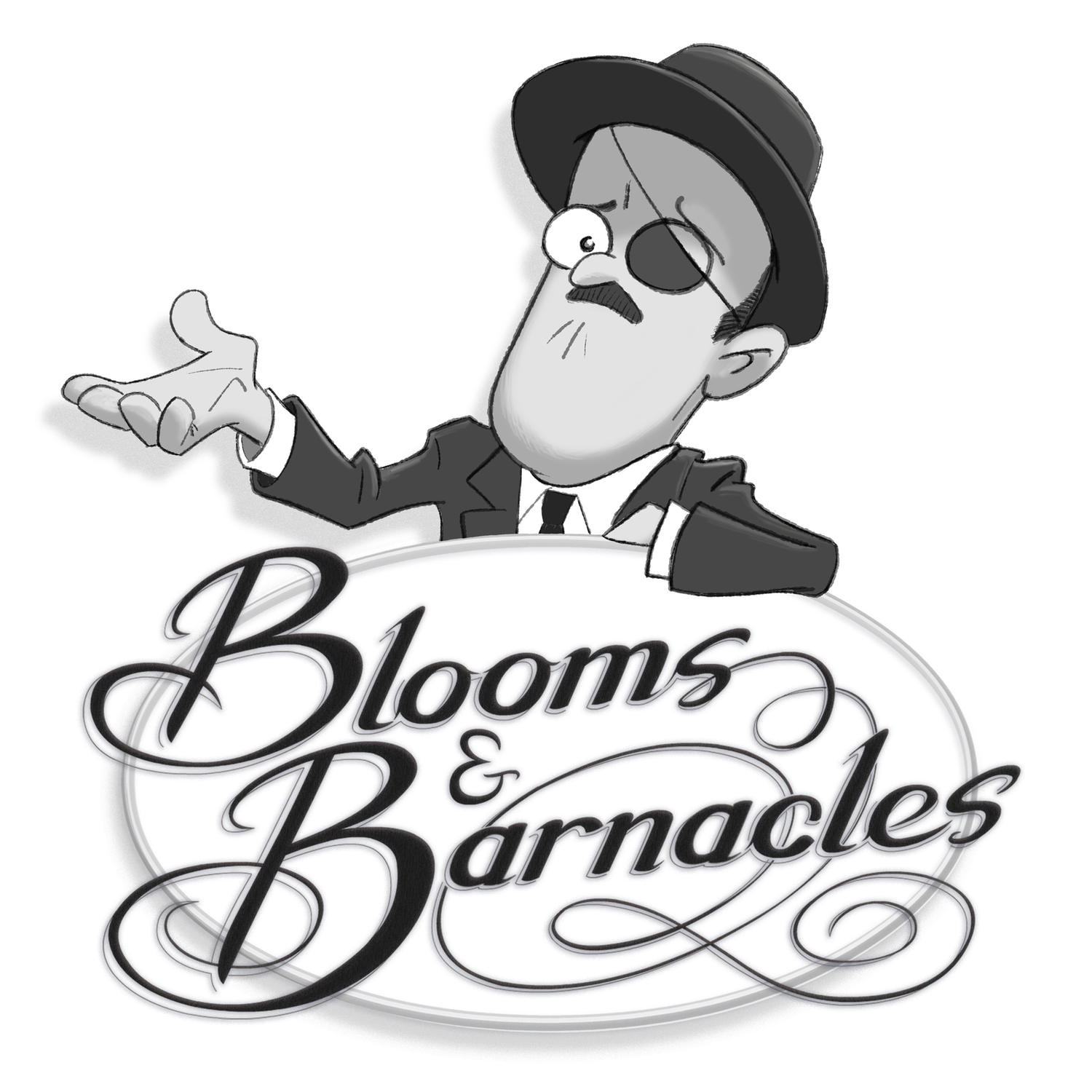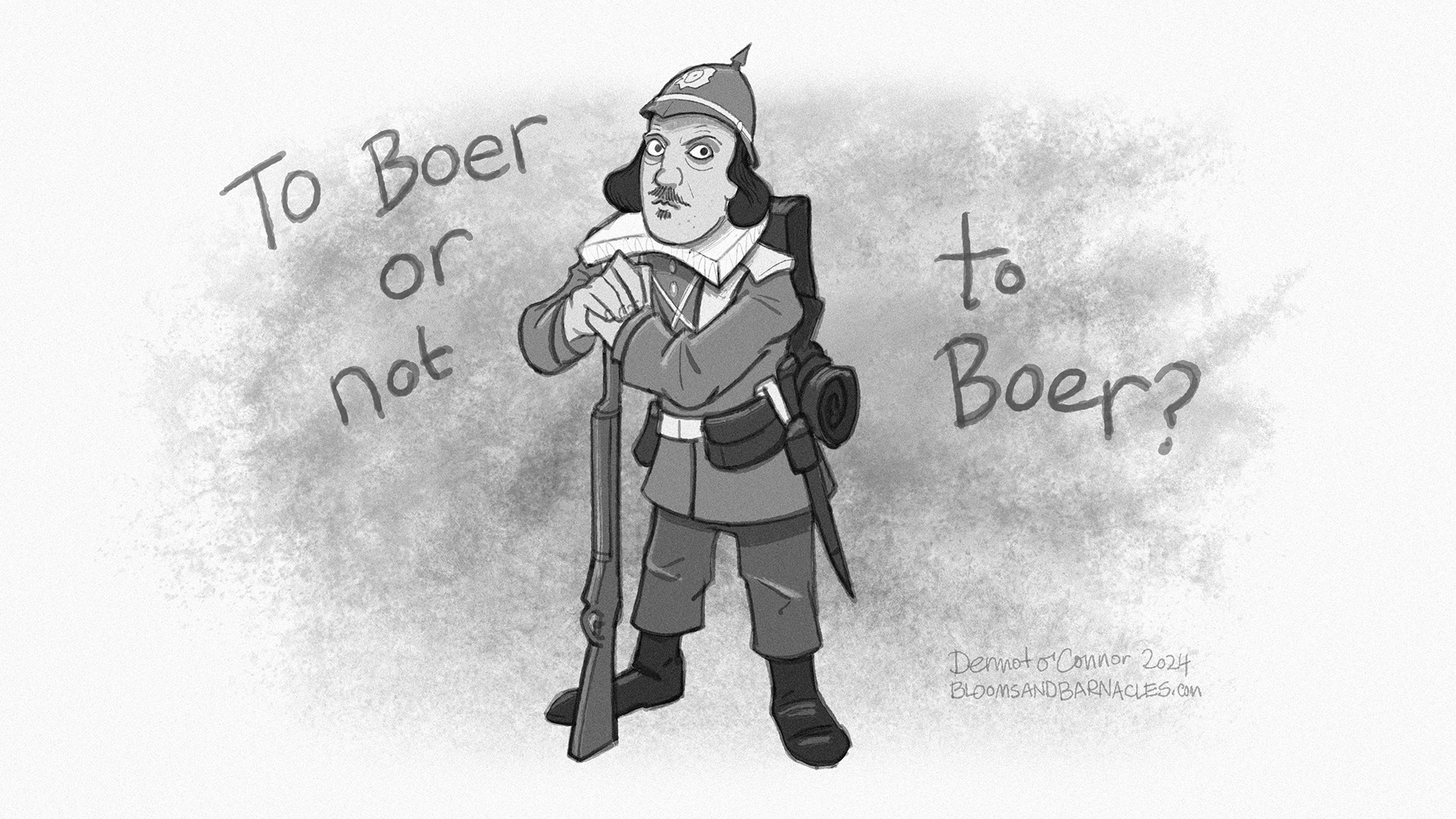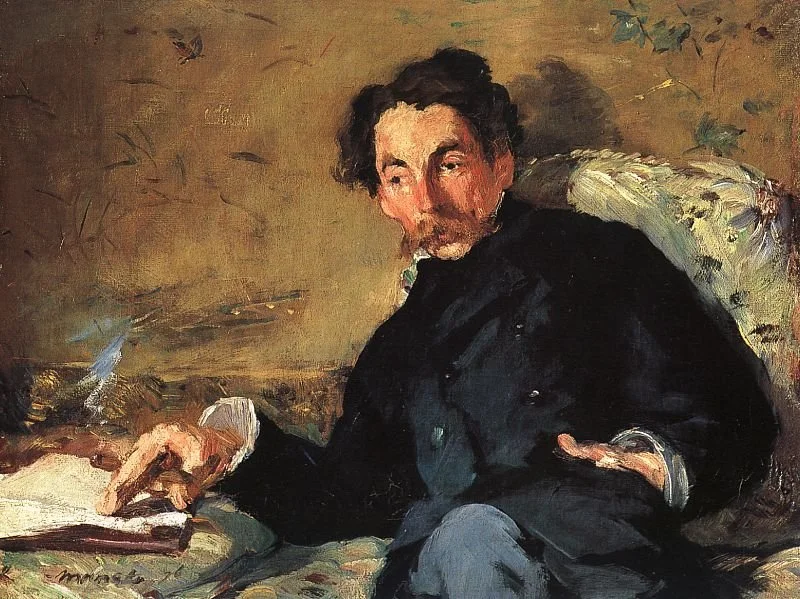Ep. 157 - The Absentminded Beggar
Was Hamlet just distracted the whole time?
The Absentminded Beggar
Topics in this episode include: the continued character assassination of Mr. Best, Haines makes a return, Douglas Hyde’s poetry, the artistic ethos of the Celtic Revival, the political demands of the art scene in 1904 Dublin, Æ, symbolist poetry and Stéphane Mallarmé, the influence of Mallarmé on Joyce, “Hamlet et Fortinbras,” Rudyard Kipling and “The Absentminded Beggar,” the politics of the Boer War in 1904, Shakespeare as propaganda, Khaki Hamlets and the brutality of Shakespeare, the Mitchelstown Massacre, Algernon Swinburne and “On the Death of Colonel Benson,” British use of concentration camps during the Boer War, and further use of British literary icons as propaganda.
Support us on Patreon to access episodes early, bonus content, and a video version of our podcast.
Portrait of Mallarmé, Edouard Manet, 1876
On the Blog:
Decoding Dedalus: Hamlet, ou le Absentminded Beggar
Blooms & Barnacles Social Media:
Facebook | Twitter | Instagram
Subscribe to Blooms & Barnacles:
Apple Podcasts | Spotify | YouTube
Further Reading:
Booker, K. (2000). Ulysses, capitalism, and colonialism - Reading Joyce after the Cold War. Retrieved from https://tinyurl.com/ye22apss
Brown, R. (1999). The Absent-Minded War: The Boer War in James Joyce’s Ulysses. Kunapipi, 21 (3), 81-89. Retrieved from https://core.ac.uk/download/pdf/232895035.pdf
Carpenter, W. (1998). ‘Le livre’ of Mallarmé and James Joyce’s Ulysses. In R. Greer Cohn & G. Gillespie (eds.), Mallarmé in the twentieth century (187-203). London: Associated University Presses. Retrieved from https://tinyurl.com/ynwtd8bp
Cheng, V. (1995). Joyce, race, and empire. Cambridge University Press. Retrieved from https://archive.org/details/joyceraceempire0000chen/page/n7/mode/2up
Fordham, F. (2016). James Joyce and Rudyard Kipling: Genesis and Memory, Versions and Inversions. European Joyce Studies, 25, 181–200. http://www.jstor.org/stable/44871411
GABLER, H. W. (2021). James Joyce’s Hamlet Chapter: Stepping Stone to Scylla and Charybdis. Joyce Studies Annual, 178–216. https://www.jstor.org/stable/48654020
Janusko, R. Hamlet’s sledded poleaxe. James Joyce Online Notes. Retrieved from https://www.jjon.org/joyce-s-words/sledded
KENNY, T. J. (2019). The Image of Mallarmé in “Scylla and Charybdis.” Joyce Studies Annual, 241–246. https://www.jstor.org/stable/26862959
Marchi, D. M. (1995). PARTICIPATORY AESTHETICS: READING MALLARMÉ AND JOYCE. The Comparatist, 19, 76–96. http://www.jstor.org/stable/44366897
RASMUSSEN, I. D. (2019). Riffing on Shakespeare: James Joyce, Stephen Dedalus, and the Avant-Garde Theory of Literary Creation. Joyce Studies Annual, 33–73. https://www.jstor.org/stable/26862950
Ryan, B. (2013). Mythologising the Exiled Self in James Joyce and Fernando Pessoa (2013). Pessoa Plural (Www.pessoaplural.com).
Temple-Thurston, B. (1990). The Reader as Absentminded Beggar: Recovering South Africa in “Ulysses.” James Joyce Quarterly, 28(1), 247–256. http://www.jstor.org/stable/25485129
Toker, L. (2015). “Khaki Hamlets Don’t Hesitate”: A Semiological Reading of References to the Boer War and Concentration Camps in Joyce’s Ulysses. Journal of Modern Literature, 38(2), 45–58. https://doi.org/10.2979/jmodelite.38.2.45
Weir, D. (1980). Stephen Dedalus: Rimbaud or Baudelaire? James Joyce Quarterly, 18(1), 87–91. http://www.jstor.org/stable/25476341



